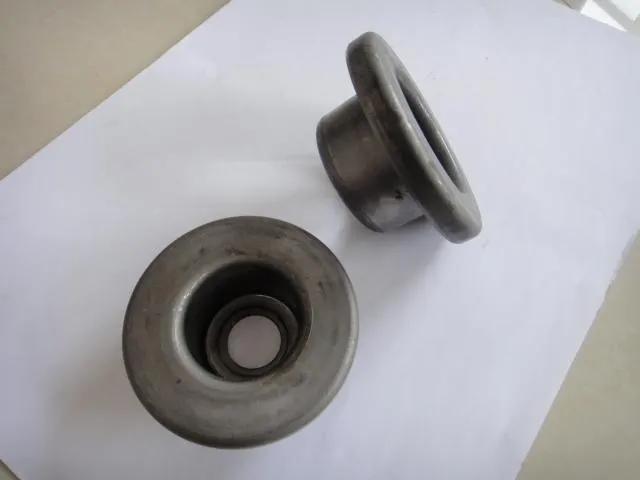 Afrikaans
Afrikaans  Albanian
Albanian  Amharic
Amharic  Arabic
Arabic  Armenian
Armenian  Azerbaijani
Azerbaijani  Basque
Basque  Belarusian
Belarusian  Bengali
Bengali  Bosnian
Bosnian  Bulgarian
Bulgarian  Catalan
Catalan  Cebuano
Cebuano  Corsican
Corsican  Croatian
Croatian  Czech
Czech  Danish
Danish  Dutch
Dutch  English
English  Esperanto
Esperanto  Estonian
Estonian  Finnish
Finnish  French
French  Frisian
Frisian  Galician
Galician  Georgian
Georgian  German
German  Greek
Greek  Gujarati
Gujarati  Haitian Creole
Haitian Creole  hausa
hausa  hawaiian
hawaiian  Hebrew
Hebrew  Hindi
Hindi  Miao
Miao  Hungarian
Hungarian  Icelandic
Icelandic  igbo
igbo  Indonesian
Indonesian  irish
irish  Italian
Italian  Japanese
Japanese  Javanese
Javanese  Kannada
Kannada  kazakh
kazakh  Khmer
Khmer  Rwandese
Rwandese  Korean
Korean  Kurdish
Kurdish  Kyrgyz
Kyrgyz  Lao
Lao  Latin
Latin  Latvian
Latvian  Lithuanian
Lithuanian  Luxembourgish
Luxembourgish  Macedonian
Macedonian  Malgashi
Malgashi  Malay
Malay  Malayalam
Malayalam  Maltese
Maltese  Maori
Maori  Marathi
Marathi  Mongolian
Mongolian  Myanmar
Myanmar  Nepali
Nepali  Norwegian
Norwegian  Norwegian
Norwegian  Occitan
Occitan  Pashto
Pashto  Persian
Persian  Polish
Polish  Portuguese
Portuguese  Punjabi
Punjabi  Romanian
Romanian  Russian
Russian  Samoan
Samoan  Scottish Gaelic
Scottish Gaelic  Serbian
Serbian  Sesotho
Sesotho  Shona
Shona  Sindhi
Sindhi  Sinhala
Sinhala  Slovak
Slovak  Slovenian
Slovenian  Somali
Somali  Spanish
Spanish  Sundanese
Sundanese  Swahili
Swahili  Swedish
Swedish  Tagalog
Tagalog  Tajik
Tajik  Tamil
Tamil  Tatar
Tatar  Telugu
Telugu  Thai
Thai  Turkish
Turkish  Turkmen
Turkmen  Ukrainian
Ukrainian  Urdu
Urdu  Uighur
Uighur  Uzbek
Uzbek  Vietnamese
Vietnamese  Welsh
Welsh  Bantu
Bantu  Yiddish
Yiddish  Yoruba
Yoruba  Zulu
Zulu Components and Roles of Belt Conveyor Systems Explained
Understanding Belt Conveyor Parts and Functions
Belt conveyors are an integral component of modern industrial and manufacturing processes. Their efficiency and versatility make them a popular choice for various applications, whether it's in a warehouse, an assembly line, or bulk material handling. Understanding the different parts of a belt conveyor and their specific functions is crucial for designing and maintaining efficient conveyor systems.
1. Conveyor Belt
At the heart of every belt conveyor is the conveyor belt itself. This continuous strip of material plays a vital role by transporting goods from one location to another. Conveyor belts can be made from a variety of materials, including rubber, fabric, metal, and plastic, each selected based on the application requirements. For instance, rubber belts are often used for transporting heavy loads, while plastic belts are preferred for lighter, more delicate items. The surface texture of the belt can also vary depending on the material being conveyed and the desired friction characteristics.
2. Pulley System
Belt conveyors operate on a pulley system, which includes drive pulleys and idler pulleys. The drive pulley is responsible for moving the belt and is usually powered by a motor. As the motor rotates the drive pulley, it pulls the belt along, transporting materials efficiently. Idler pulleys, on the other hand, support the belt and maintain its tension. They are strategically placed throughout the conveyor system to ensure that the belt remains aligned and does not sag, which could lead to operational issues.
3. Drive Motor
The drive motor is a critical component that powers the conveyor. It provides the necessary torque to the drive pulley, ultimately determining the speed and efficiency of the conveyor system. The selection of the right motor type—whether electric, hydraulic, or pneumatic—depends on the load requirements and operational environment. In many cases, variable frequency drives (VFDs) are employed to allow for adjustable speeds, enhancing flexibility in material handling operations.
belt conveyor parts and functions

To ensure the belt runs smoothly and efficiently, a tensioning system is necessary. This system maintains the correct tension in the conveyor belt, preventing slippage or excessive wear on the belt and pulleys. Common methods for tensioning include manual tensioning, where operators adjust the position of the idler pulleys, and automatic tensioning systems, which utilize springs or weights to maintain consistent tension. Proper tensioning is crucial for extending the lifespan of the conveyor and ensuring optimal performance.
5. Frame
The frame of the conveyor provides structural support and stability. It is typically made from steel or aluminum and is designed to withstand the loads transported by the conveyor belt. The frame must be designed accordingly to ensure durability and to accommodate the necessary components, including the pulleys and drive motor. Depending on the application, frames can be modular to allow for easy adjustments and expansions.
6. Loading and Discharge Chutes
Loading and discharge chutes are essential accessory components that direct the flow of materials onto and off the conveyor belt. Properly designed chutes help minimize spillage and ensure efficient transfer of materials. They can be constructed from various materials such as metal, rubber, or plastic, depending on the operational environment and the type of materials being conveyed.
7. Safety Features
Incorporating safety features is crucial for the operation of belt conveyors. Emergency stop buttons, guards, and covers are often installed to protect workers from moving parts. Additionally, belt tracking systems help keep the belt aligned, reducing the risk of accidents and ensuring that the conveyor operates efficiently.
Conclusion
Belt conveyors are invaluable in various industries, thanks to their ability to handle a wide range of materials quickly and efficiently. Understanding the components and functions of belt conveyors helps in optimizing their design and maintenance, ultimately leading to improved productivity. As technology advances, innovations in belt conveyor systems continue to evolve, enhancing functionality and safety in material handling applications. Embracing these advancements will ensure businesses remain competitive in a rapidly changing industrial landscape.
-
Revolutionizing Conveyor Reliability with Advanced Rubber Lagging PulleysNewsJul.22,2025
-
Powering Precision and Durability with Expert Manufacturers of Conveyor ComponentsNewsJul.22,2025
-
Optimizing Conveyor Systems with Advanced Conveyor AccessoriesNewsJul.22,2025
-
Maximize Conveyor Efficiency with Quality Conveyor Idler PulleysNewsJul.22,2025
-
Future-Proof Your Conveyor System with High-Performance Polyurethane RollerNewsJul.22,2025
-
Driving Efficiency Forward with Quality Idlers and RollersNewsJul.22,2025





























